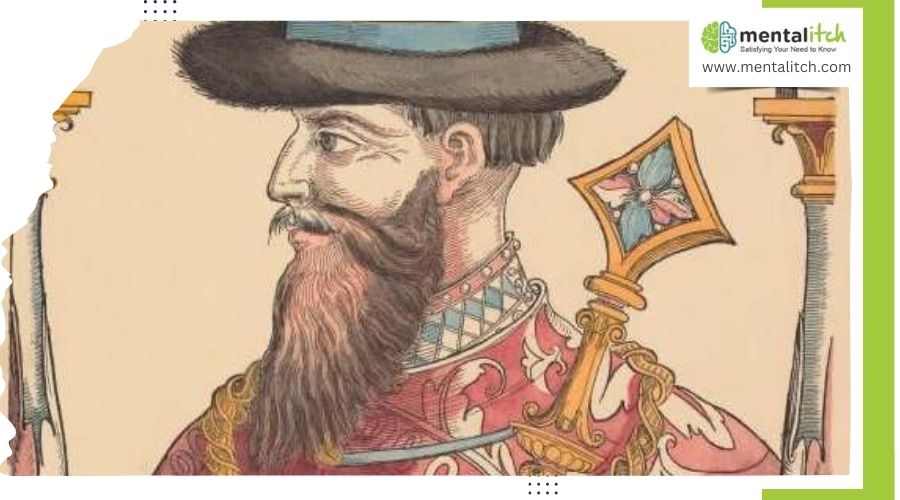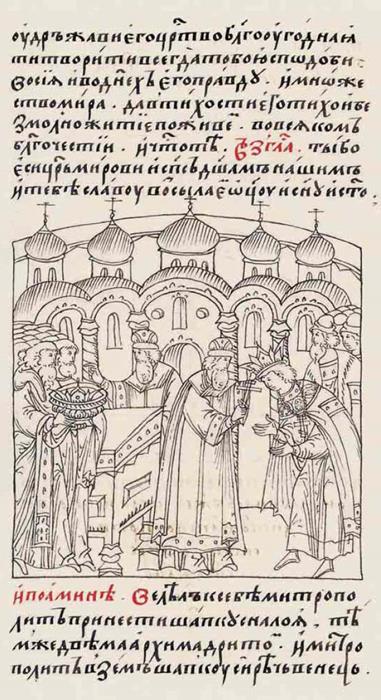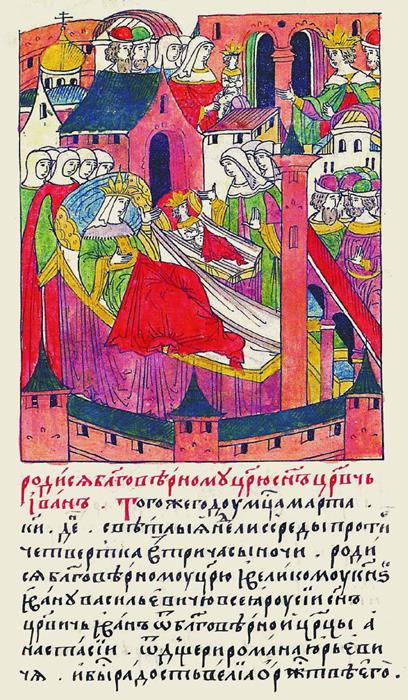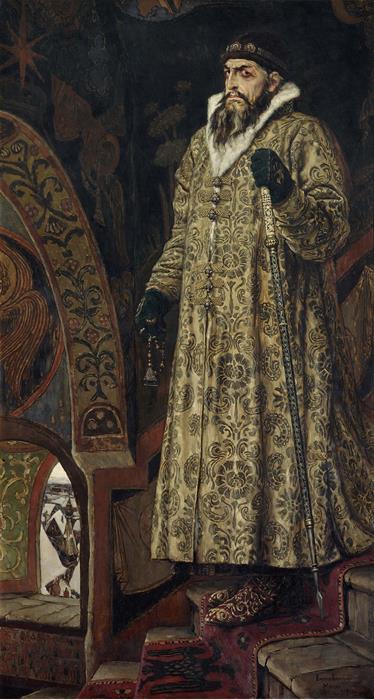Ivan IV Vasilyevich, crowned as the first Tsar of Russia, has gone down in history with a title that makes you sit up and take notice. “Ivan the Terrible” – it’s a name that sends shivers down your spine, doesn’t it? But let’s pause the spooky music for a moment. Was he really the villain that bedtime stories make him out to be? Or is there more to the story of this enigmatic ruler? But what’s in a name? For the first Tsar of Russia, it’s a story that’s as rich and complex as the country he ruled.
The Transformation of Ivan IV
From Reformer to Ruler with an Iron Fist
Imagine a young ruler taking the throne, full of ideas and a vision to bring a sprawling country under one strong leadership—that was Ivan IV in his salad days. In the beginning, he was like the CEO of a start-up, eager to innovate and strengthen his brand. His early reign kicked off with some impressive moves that would make any ruler’s resume glow. He updated the laws, improved the lives of the peasantry, and even called for the very first parliament, known as the Zemsky Sobor, giving folks a voice in governance.
The Oprichnina: Ivan’s Personal Power Play
Ivan IV, known as Ivan the Terrible, initiated a series of actions that significantly impacted Russia and contributed to his infamous nickname. One of these actions was the establishment of the Oprichnina. This was a policy where Ivan created a personal guard and secret police to serve his interests directly. The Oprichnina was responsible for mass repressions, executions, and the seizure of lands from the nobility. This move allowed Ivan to consolidate power but also led to widespread fear and instability within the country. The Oprichnina’s brutality and the atmosphere of suspicion it fostered among the populace and the nobility were significant factors in earning Ivan his terrible reputation.
Conquests and Expansions: Russia’s Growing Pains
On the battlefield, Ivan was a rock star, expanding Russia’s territory like it was a game of historical Monopoly. He wasn’t just fighting for land; he was building an empire, pushing the borders outwards with each victory. Siberia to the east, Kazan and Astrakhan to the south, Ivan’s Russia was getting bigger and mightier, and it seemed nothing could stop this Tsar on a mission.
Cultural and Historical Interpretation
What’s in a Name?
The title “Ivan the Terrible” can be somewhat misleading due to the translation of “Grozny” from Russian. The word “Grozny” more accurately translates to “formidable” or “awe-inspiring,” reflecting a person of great power and intensity, rather than merely someone who is terrible in the sense of being morally reprehensible or excessively cruel. This distinction is crucial for understanding the dual nature of Ivan IV’s reign, which was marked by both significant achievements and brutal tactics.
Ivan’s Mark on Russian Culture
Ivan IV’s reign has had a profound impact on Russian culture and historical narratives. He is credited with transforming Russia into a multiethnic and multicontinental state, laying the groundwork for the future Russian Empire. His establishment of the Oprichnina and conquests in the Livonian War are often seen as early examples of centralizing power, which would become a recurring theme in Russian history. Moreover, Ivan’s rule is a popular subject in Russian literature, opera, and film, reflecting the complexity of his character and the pivotal role he played in Russian history.
Hero or Villain?
The perception of Ivan IV has varied greatly over time and between different groups. In some narratives, he is depicted as a national hero who defended Russia against external threats and worked tirelessly to consolidate its territories. In others, he is portrayed as a tyrant, whose paranoia and cruelty led to the suffering of countless individuals.
Acts That Led to the Moniker “Ivan the Terrible”
The Massacre of Novgorod
The Massacre of Novgorod is one of the most notorious episodes in Ivan’s reign. In 1570, convinced that the city of Novgorod was planning to defect to Poland, Ivan ordered a brutal crackdown. His forces carried out widespread atrocities, including mass executions, torture, and the destruction of property. Historians estimate that thousands of citizens were killed. The massacre not only decimated Novgorod but also marked a turning point in Ivan’s reign, showcasing his willingness to use extreme violence against his own people. This event significantly tarnished Ivan’s reputation, reinforcing his moniker as “Terrible.”
The Livonian War: A Battle Without End
The Livonian War further exemplifies Ivan’s harsh rule. This prolonged military conflict with the Livonian Confederation spanned from 1558 to 1583 and was initially aimed at expanding Russian territory. However, the war proved to be a costly endeavor, leading to economic strain and hardship for the Russian people. As the war dragged on, Ivan’s frustration with the lack of progress led to increased brutality, both on the battlefield and at home. The war’s failures and the resulting economic difficulties contributed to Ivan’s harsh treatment of his subjects, further cementing his reputation for cruelty.
A Heavy Hand Over All
Nobles or commoners, no one was safe from the Tsar’s mood swings. Trust was as scarce as a warm day in a Russian winter, and examples of Ivan’s cruelty became as common as snowflakes in a blizzard. Whispers of paranoia turned into roars of injustice, as Ivan’s fear of betrayal had him seeing enemies in every shadow.
The Name That Echoed Through Time
All these acts, wrapped in the cloak of leadership and power, forged the name “Ivan the Terrible” in the fires of 16th-century Russian history. It’s a title that stuck, a label that summed up the terror and the awe that Ivan IV left in his wake.
Conclusion
The rule of Ivan IV, like a coin spinning in the air, had two very distinct sides. On one hand, Ivan IV was a trailblazer, a man whose early reforms pulled Russia out of the medieval mists and into the realm of centralized power and expanded territory. On the other, his latter years cast a long shadow, one filled with acts that turned the stomachs of even the most hardened historians.
Why do we remember Ivan IV as “Ivan the Terrible”? Perhaps it’s because humans are drawn to the dramatic, to tales that stir the blood and raise the hairs on our arms. His story is a potent mix of visionary leadership soured by a descent into tyranny. It’s a story that sticks because it’s a stark reminder of how power, when left unchecked, can spiral into something monstrous.




